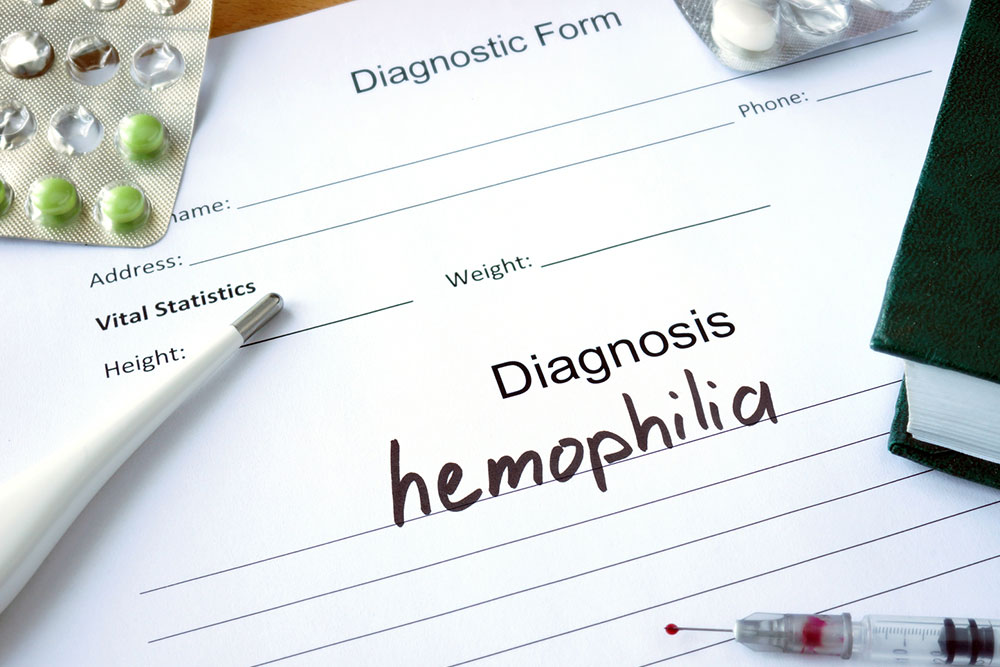
Understanding Replacement Therapy for Hemophilia
Hemophilia is a rare genetic disorder wherein the individual has insufficient or defective blood clotting factors that are required by the body. As a consequence of this condition, the individual would end up with bleeding that does not stop easily due to the lack of the required clouting reactions to take place in the body, thereby making the individual highly susceptible during injuries.
One of the most common hemophilia treatments is replacement therapy. Let’s take a look at what’s involved:
1. What is replacement therapy
Through replacement therapy, the individual’s body is supplied with the clotting factors that are missing through the help of an external source. Based on the type of clotting factor that is deficient in the body, hemophilia is categorized as type A, B, or C. Consequently, the type of clotting factor that has to be supplied through such treatment would depend on the hemophilia type that the individual is suffering from.
2. Sourcing of clotting factors
In general, the required clotting factors for hemophilia treatment are sourced from human blood or plasma, which forms the blood’s non-cellular liquid component. Some of the common types of clotting factors VIII that are derived from plasma are Wilate, Alphanate, HumateP, and Hemofil-M. Before the beginning of replacement therapy for hemophilia treatment, the blood used for the therapy undergoes various levels of treatment in order to ensure that any form of blood-based pathogens, such as HIV or Hepatitis, don’t pass on to the individual during transfusion.
3. Recumbent sources
Another method by which the blood clotting factors are connected for this therapy is through recombinant sources. This source has a lower risk of transmission of blood-derived pathogens to the individual. Some of the commonly used recombinant products in hemophilia treatments for type A are Xyntha and Advate.
4. Replacement therapy administration
A schedule for the replacement therapy is worked out by the physician based on the type and severity of each individual. Essentially, the hemophilia treatments based on this type of therapy are classified as:
- Prophylactic therapy
This is the routine form of therapy prescribed for an individual as a preventive measure to ensure that any risk from future bleeding is averted or kept at bay. - On-demand therapy
This form of therapy is given only based on when a patient direly needs an intervention to stop the bleeding.
The on-demand therapy is quite inexpensive when compared to prophylactic therapy. However, it is also a riskier action because if the on-demand therapy is not provided on time, the life of the individual could be at stake due to excessive loss of blood.
5. Intravenous or injection
Sometimes, the clotting factor concentrate is just given to the individual through a direct intravenous injection or in the form of a drip line at a local clinic or home. This is an easier way to keep track of the required routine, administer at home, and save the risk of delayed administration of the required medication on time.


